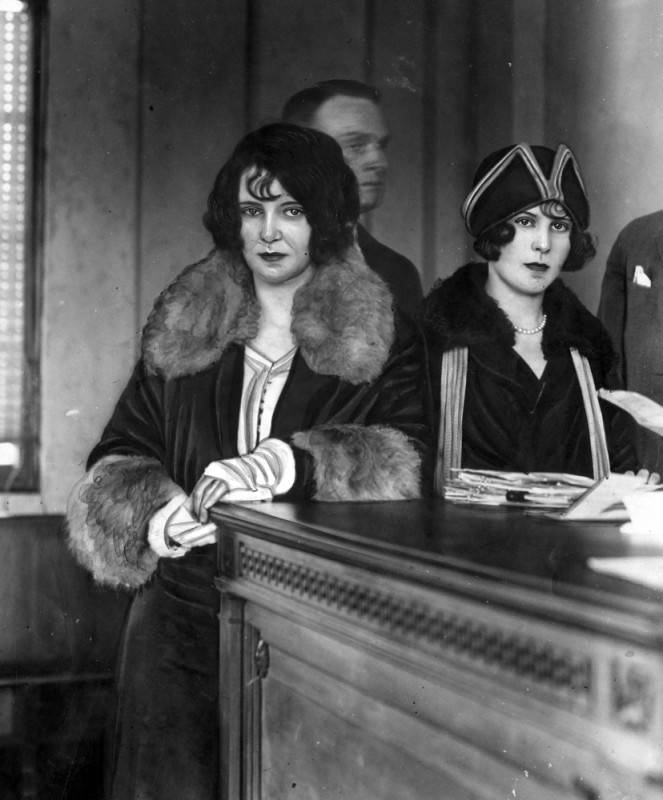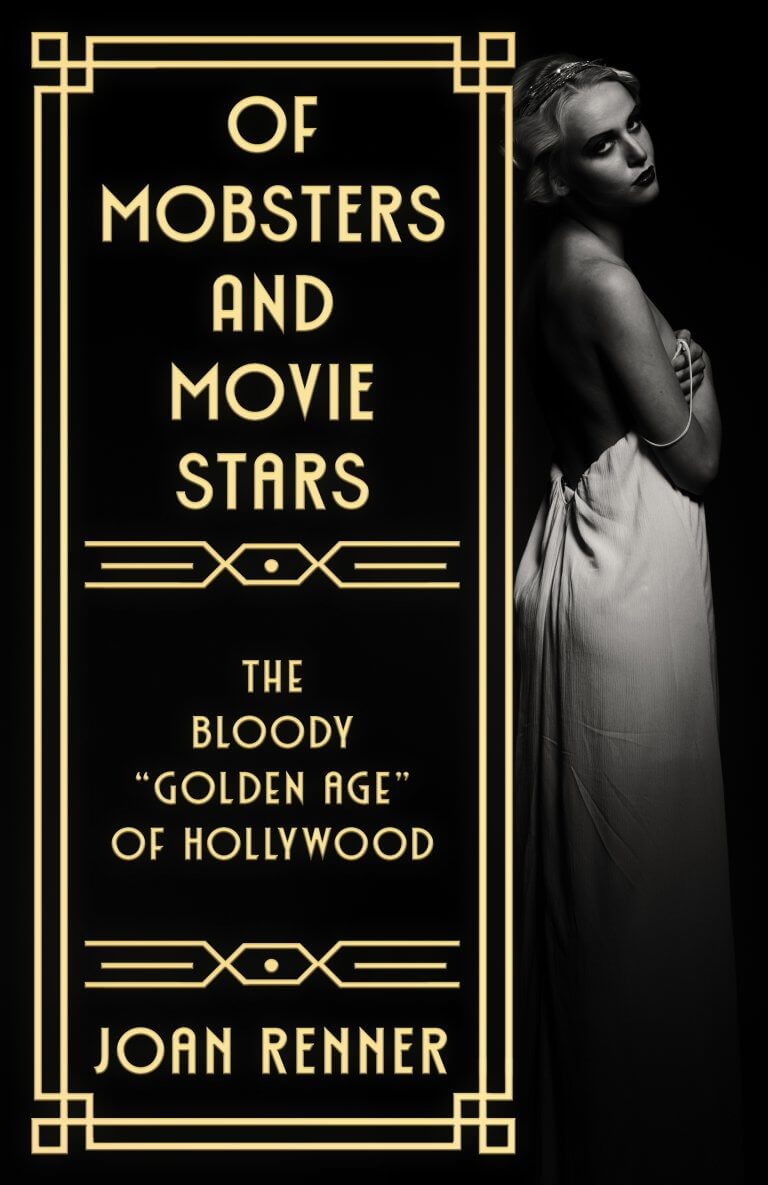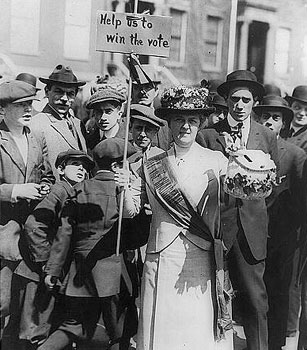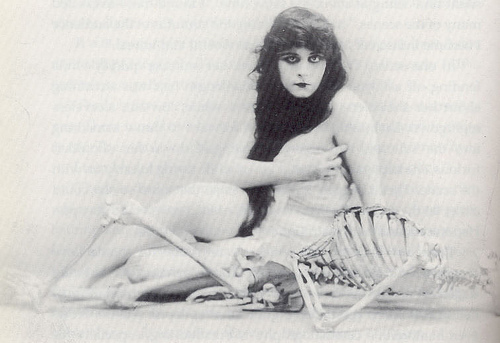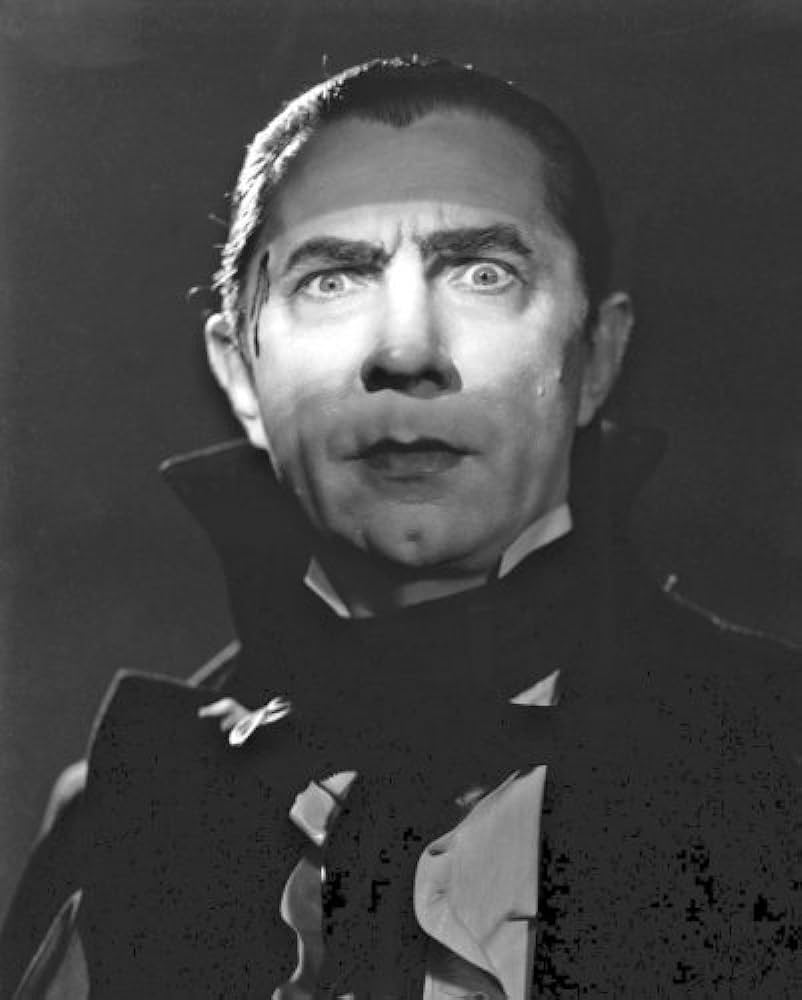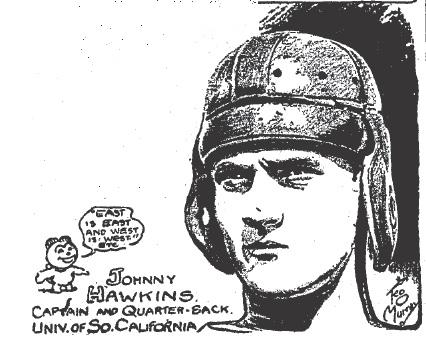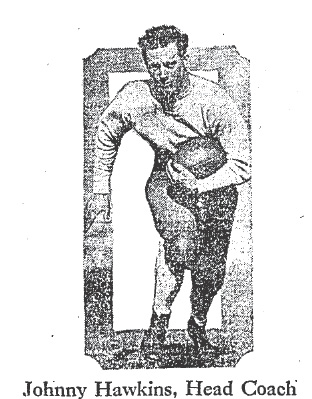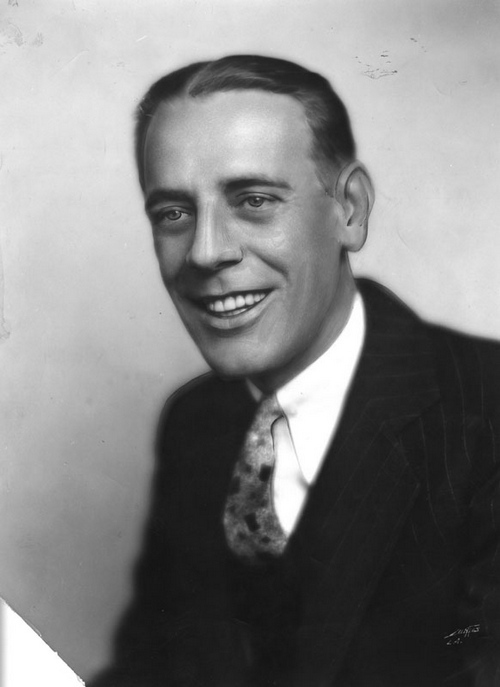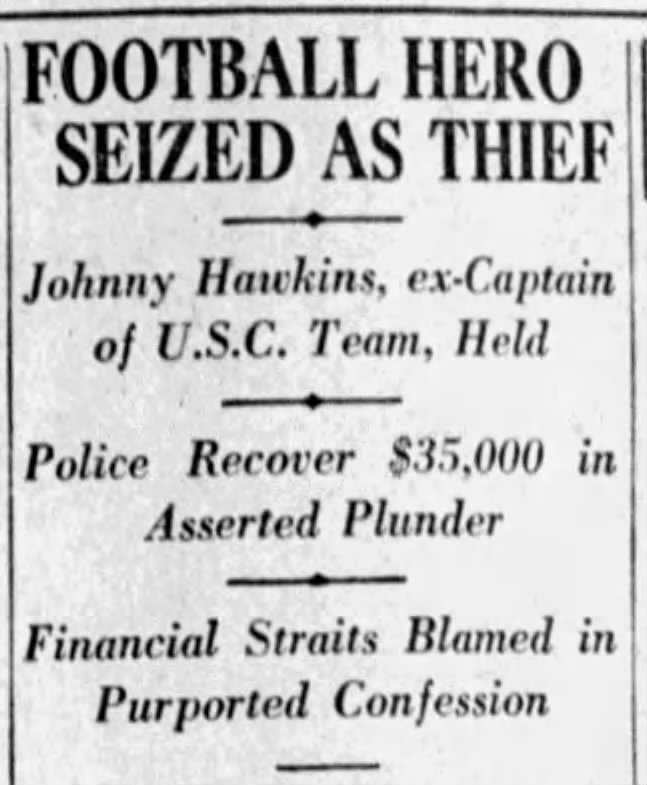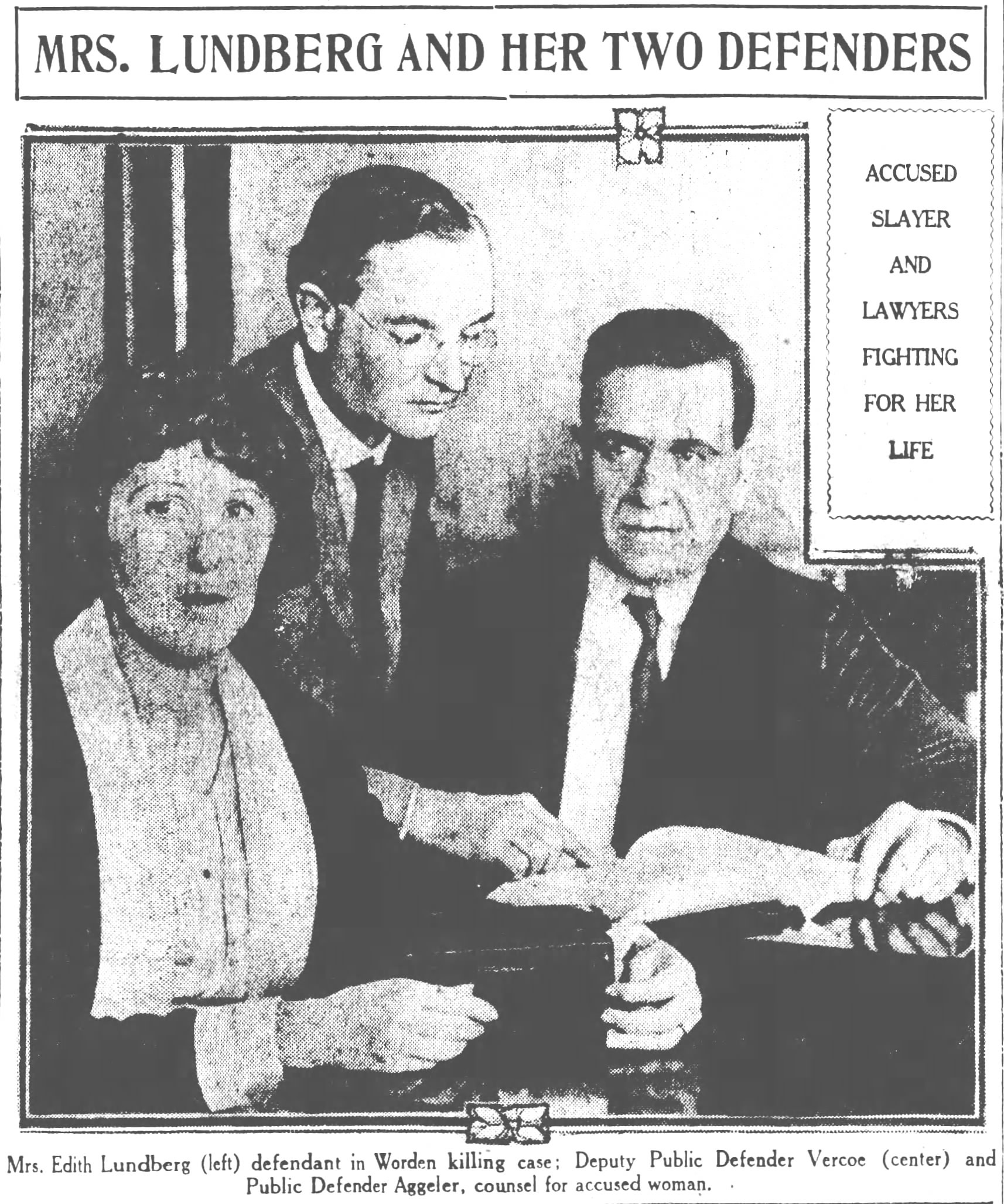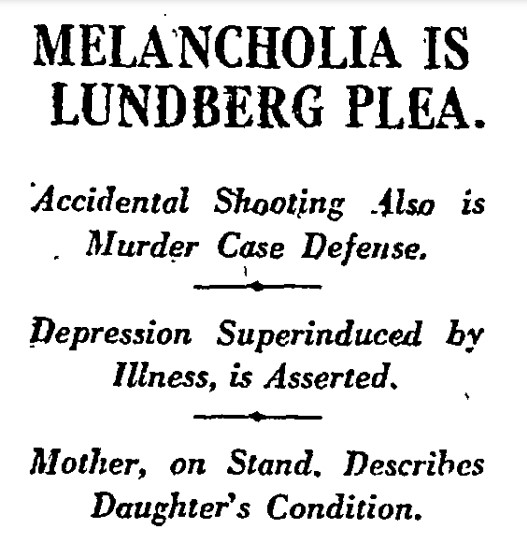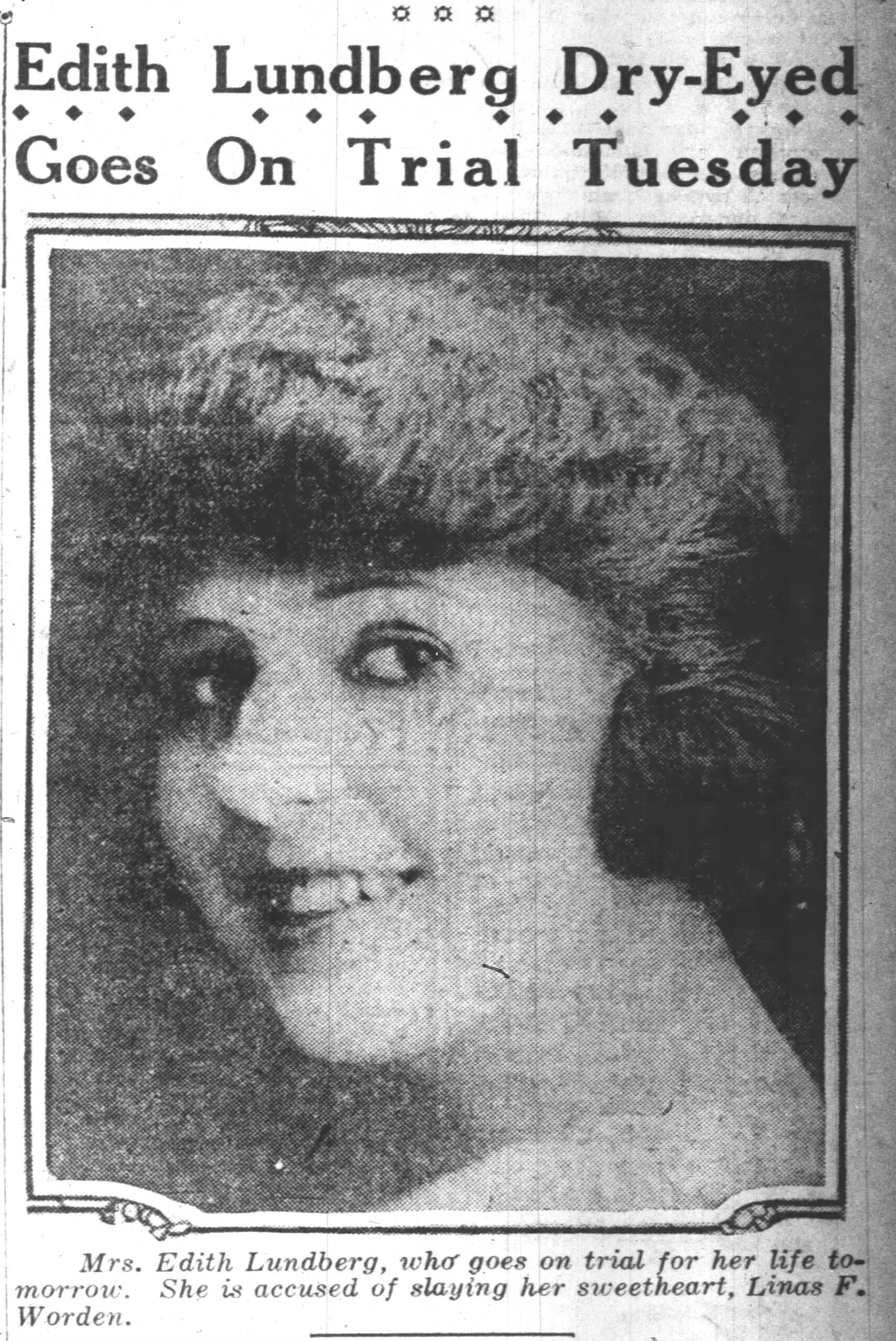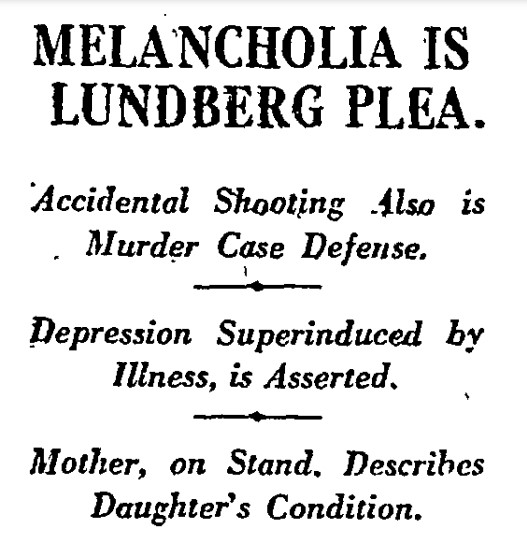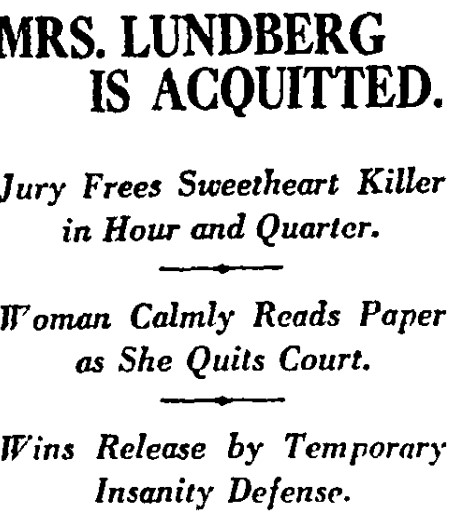Founded in 1921, Christie-Nestor Motion Picture Company, at the corner of Sunset Boulevard and Gower Street, was Hollywood’s first movie studio. David Horsley, the studio’s producer, cranked out three complete motion pictures each week. The hectic schedule scarcely kept up with the public’s demand for the new medium.

Over the next several years, filmmakers from the East Coast recognized the advantages of setting up shop in Hollywood. The Los Angeles Chamber of Commerce praised the region’s natural beauty, enhanced by year-round sunshine. Sunshine made a difference before indoor studios and artificial lighting. Locals provided cheap labor and extras for crowd scenes. A decade later, the sleepy burg of 5,000 residents became a thriving city of 35,000—most of them in the movie business.
With the studios and the busloads of dreamers came the first fan magazines. Magazines such as Moving Picture World and Photoplay played a part in creating the culture of celebrity by showcasing the lives of famous people. People bought movie magazines for the gossip, fashion, and lifestyle—harmless fun. The magazines fueled the dreams of those who longed to be famous. Few made the cut. Filled with photographs showing stars decked-out in diamond jewelry, standing on the grounds of their Beverly Hills mansion, or seated behind the wheel of an exotic car, the magazines gave would-be extortionists, blackmailers, kidnappers, and robbers ideas of their own.

On January 20, 1929, while making the rounds of local studios, Fern Setril met world-renowned director D. W. Griffith. She was thrilled when he told her she was a “girl of an an unusual type of beauty, unspoiled,” and that she had “remarkable features that would film well in motion pictures.” Despite Griffith’s apparent interest, Fern’s movie career did not take off. Not until 1931 did her name become associated with his.
On February 24, 1931, newspapers broke the story that Fern sued Griffith for $601,000 ($12.3M in current USD). The suit specified $500,000 for actual damages, $100,000 for punitive damages and $1,000 for medical treatment. Fern claimed that on June 25, 1930, she met with Griffith in his apartment to discuss her role as Ann Rutledge in his upcoming film, Abraham Lincoln. According to Fern, they did not run lines. Griffith plied her with champagne and raped her.
From his room at the Astor Hotel in New York, Griffith responded to the charges. He called them absurd and without foundation. He said, “I am astounded at the charges made against me. The whole story is untrue. The name Fern Setril means nothing to me. I don’t know anyone by that name.” Griffith vowed to “fight these charges to the limit.”

Fern’s attorneys, Josef Widoff and J. B. Mandel, denied requests from reporters for an interview with their client. Even without her cooperation, reporters dug up enough information from the lawsuit filing to keep the story above the fold on the front page. They learned that before she moved to Hollywood to pursue an acting career, Fern lived in Wasco, California. Most of the time, she worked as an extra, acting in only a few minor bit parts under the surnames Barry or Darry.

Although Fern filed a civil lawsuit, District Attorney Buron Fitts had no choice but to begin a criminal investigation into the alleged rape. He assigned his chief investigator, Blayney Matthews, to the case. Matthews found out for two weeks following the alleged attack, Mrs. C. E. Taylor and her son, Earl W. Taylor, nursed Fern back to health in their Pasadena home.
Mrs. Taylor told reporters, “It was another Arbuckle case. The girl nearly died here in my apartment.”
Mrs. Taylor said she first met Fern when Earl brought her home. “The girl was penniless,” she commented. “If my son hadn’t brought her in, she would have been left on the street.” Mrs. Taylor refused to name the Pasadena physicians who attended Fern. According to Mrs. Taylor, she and Earl took Fern to a hospital where doctors operated on her for an unspecified condition.
As often happens in breaking news, the rapid twists and turns had reporters struggling to stay on top of the story. This led to conflicting reports. Newspapers hit the street once a day unless they printed a special edition, which meant the news cycle was not in real time. Within a few days of the first report, Griffith suggested to reporters he might be the victim of an extortion plot cooked up by Fern and Earl.
D. A. Buron Fitts declared, “If the facts develop sufficiently to justify a prosecution on the charge of a conspiracy to commit the crime of extortion or attempted extortion, this office will prosecute.”
While Griffith remained in New York, Matthews delved further into Fern’s background. So did reporters. As they did, their coverage shifted in tone. They did not find enough to pillory Fern, but they could build the framework.

Marguerite and Verona Shearer, Fern’s former Hollywood roommates, told Matthews that Fern filed for a divorce from someone named Frank in August 1930. Fern was married during the time she visited Griffith’s apartment. Fern made it sound like she had visited Griffith only twice before he pounced, but that conflicted with what the Shearer sisters told Matthews. Verona heard Fern talk about a friend named Lou, which was Fern’s name for Griffith.
Marguerite and Verona were a wealth of information. They told Matthews that several times over the summer of 1930, they heard Earl say he “was going to see to it that Fern sued D. W. Griffith to the limit.” Fern’s story unraveled with each new report. One of the most egregious holes in her account was her contention that Griffith offered her the role of Ann Rutledge in Abraham Lincoln. Griffith finished shooting the film in May, with Una Merkel in the role, a month before the alleged attack. The film debuted in New York on August 24.
The discrepancy in her account shocked Fern’s attorneys. They rushed to file an amended complaint, deleting all references to the movie. Another problem for Fern was Earl’s involvement. He contacted local newspapers to “buy this little girl’s story.” Over the telephone, he told reporters, “… this little girl is just out of the convent.”
Earl struggled to convince jaded reporters of Fern’s story. It would have been tougher still if anyone had thought to check newspapers from a few years back. If they had, they would have found out that a love triangle, in which Fern played a pivotal role, was front-page news for a nanosecond in 1926.
In early May 1926, Setril’s photo appeared in the Los Angeles Times and the Illustrated Daily News. Lillian Schmid said her husband, Frank, betrayed her with her best friend, Fern. Lillian told the judge in her divorce case that Fern had lived with her and Frank for five months. After Fern left, Lilian found a letter from her in Frank’s pocket. She confronted him about it. At first, he played dumb. Later, he admitted he loved Fern and was going away with her. Lillian said, “He left me that day.”
Lillian’s attorney, Frank C. Dunham, read aloud an excerpt from Fern’s letter to the court. “By the time this reaches you, I shall be gone. As I know in my heart, it is the only fair thing to do. I just can’t go on living the way I am. There is no use hiding the fact any longer—I love you dearly. I fought hard to hide my love because it is not fair to Lillian. She has been a good wife to you, Frank, and she loves you. I am not the kind of woman who would come between you and Lil, so I am going to leave.”
Lillian got her divorce, and Fern and Frank married in Pasadena on May 15, 1927. Fern got lucky. Reporters never picked up on her earlier peccadillo, but she was not out of the woods. Reporters located the divorce records in the county clerk’s office.

Fern left Frank in August 1929 and returned to her mother’s home in Wasco. Frank followed her there and, at gunpoint, forced her to return to Los Angeles with him. In the divorce, she charged Frank with cruelty and won an interlocutory decree on October 16, 1930. That was not the end of her marital woes. Frank appeared in court to have the decree set aside. He accused Fern of misconduct with one “John Doe.” Frank said Doe gave Fern money and expensive gifts. He also said she bragged to her friends about being in love with Doe. Frank failed to appear on January 7, 1931. Fern won her decree by default.
Fern replaced her troublesome husband with a problematic boyfriend, Earl Taylor. In August 1928, Judge Fletcher Bowron (future mayor of Los Angeles) sentenced Taylor to San Quentin for embezzlement. Taylor embezzled two $5,000 promissory notes belonging to Lynn. C. Booze. Besides swindling Booze, he stole from several Compton and Long Beach businessmen. Taylor applied for probation, but the judge denied it. After a year in San Quentin, they paroled him on October 29, 1929—Black Tuesday, the day the stock market crashed and plunged the U.S. into a decade-long depression.

Fern and Taylor likely met when he worked at one of the local movie studios following his parole. Did Fern meet Griffith in 1929? Maybe, but there is a chance she and Taylor fabricated the story. Blayney Matthews began his investigation, and the couple’s scheme unraveled. At the end of February, he questioned Fern and Taylor. On the advice of her attorney, Jerry Giesler, Fern declined to make a statement. Taylor should have followed Fern’s lead. Instead, he spoke at length and dug himself a deep hole. Matthews determined Taylor was the “mastermind” behind the extortion plot.
A movie technical assistant, Frank Leyva, told Matthews that Fern and Taylor had tried to extort him, too. In October 1930, Fern threatened to charge him with rape if he didn’t pay. He went to the police instead.
While Matthews questioned Taylor, James Lewis, assistant State parole officer, identified Taylor as the man sentenced to San Quentin in August 1928. Lewis said, “Taylor has been on the borderline of trouble several times since he was paroled. I warned him once before not to be too friendly with Mrs. Setril. That was before she was divorced from her husband, who complained to me of Taylor’s attentions to his wife.”
Lewis had news for Taylor. His parole would not expire until August 18, 1931. A violation would return him to prison. Fitts held Taylor in technical custody until they could settle the Griffith case. Fern sued Griffith, but never had him served. The case fizzled. So, too, did the criminal investigation into the alleged sexual assault.
In custody, the strain got to Taylor, who threatened to commit suicide. “If they don’t do something to break this strain pretty soon, I’ll jump out of a window.” Fern pleaded with him to hang on, “for my sake.” Taylor fought in vain. They returned him to prison. Fern broke her vow to wait. In the summer of 1932, she announced her imminent marriage to a man she did not name. No record of the marriage appeared in local newspapers. Fern disappeared.
Following his parole, Earl Taylor re-invented himself as a Hollywood writer’s agent. In 1935, two women accused him of fraud. A jury acquitted him.

In June 1939, under the sensational headline, L.A. Gunman Runs Amok in Hotel, the Daily News reported that a retired furrier, Frank Setril, took potshots at lights and windows at the Vanderbilt Hotel. Frank locked himself in his third-floor room. Police flushed him out with tear gas. No one could explain his behavior.
D. W. Griffith’s first full talking film, Abraham Lincoln, fizzled at the box-office. He followed it up in 1931 with The Struggle, which also failed.
He never made another movie.
NOTE: I wrote about Fern Setril in my book, Of Mobsters and Movie Stars: The Bloody Golden Age of Hollywood, Wild Blue Press, 2024.

